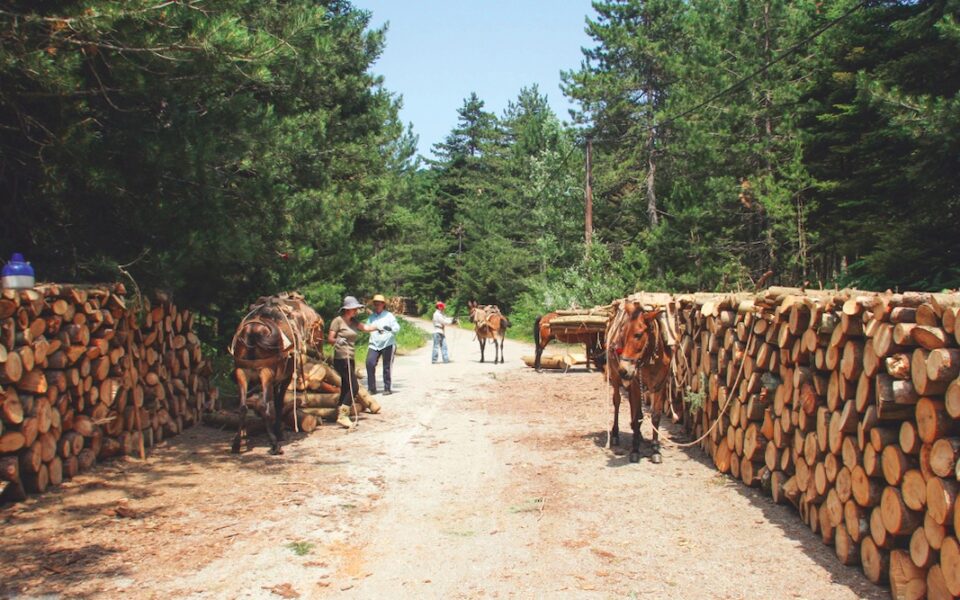Forests in need of smarter management

Clearing the accumulated biomass on the forest floor is a first step toward making the country’s woodlands safer and not so fire-prone. But it is not enough, experts claim.
“In 2022, the AntiNero forest-clearing program started. The budget allocated for 2022 was €22 million for 7,700 hectares. That’s 0.3% of the country’s total forest coverage. So, to cover the whole country, we would need €24 billion,” says Ioannis Papadopoulos, head of the Department of Forestry, Wood Sciences and Design at the University of Thessaly. “These works are fine, but it’s obvious this method cannot last.”
The philosophy behind forest ecosystem management in Greece has been unchanged since standards were introduced in 1965 and focuses on timber production. There is a need for a modern approach, focusing on the forests’ special needs as ecosystems and on other products they can offer. This would also address the problem of the abandonment of the forest as people left the countryside for the cities and the forests turned into powder kegs, the experts say.
“All these things we see happening every summer are due to a large extent to forest abandonment,” says Marios Trigas, an associate professor at the department headed by Papadopoulos. He said that people living in the countryside made use of all flammable materials, their flocks were grazing there and so they protected the forest. With the countryside emptying, “forests expanded, they became denser and, of course, are in greater danger of burning.”
“Today, we focus on the so-called ‘productive forests’ that are above 700-800 meters,” says Spyros Galatsidas, professor of forest management at Democritus University of Thrace. “Those have fewer problems, because of the altitude (with lower temperatures and more rain). In the lower-lying forests, where most of the wildfires occur, the interest in timber production is lower,” he adds. Forest cooperatives are not interested in the strangely shaped trees and bushes that dominate the lowlands, he says, adding that these can nonetheless be used for biomass energy. “The problem is the great cost of transporting this biomass,” he says.





